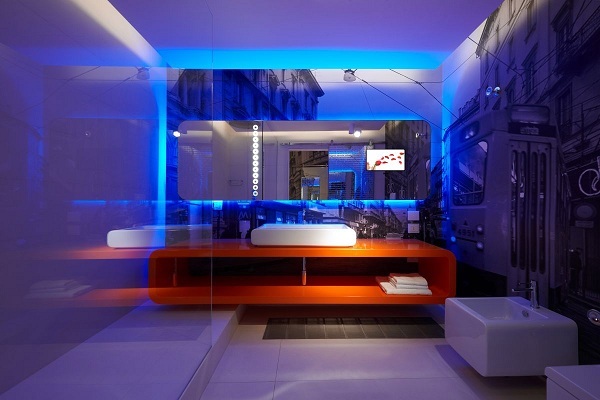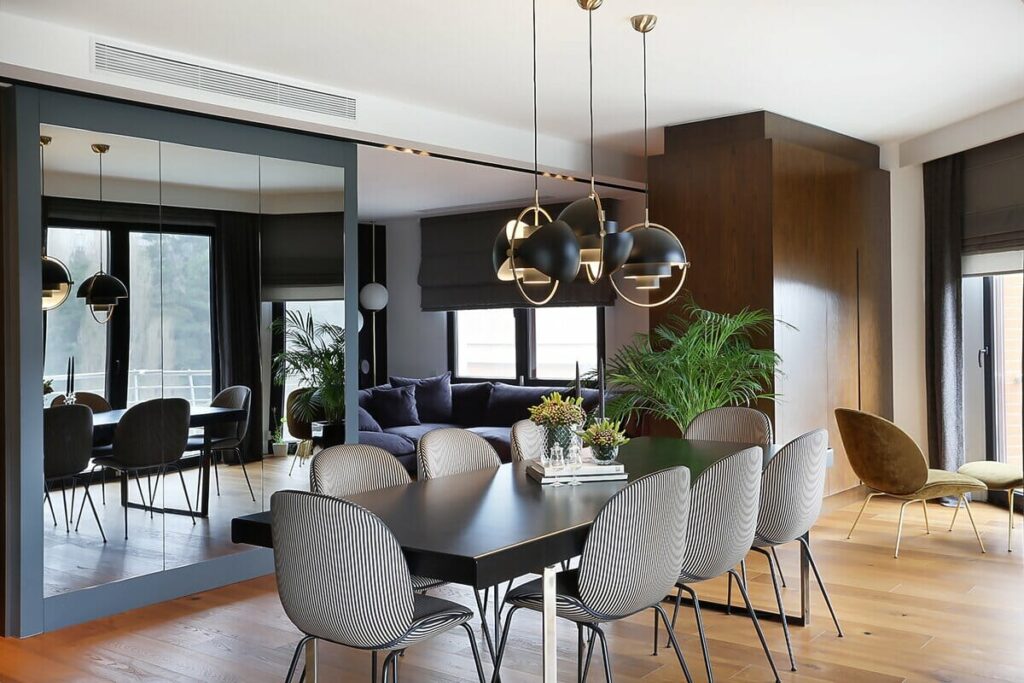In today’s world, where energy consumption and environmental impact are growing concerns, energy-efficient lighting solutions offer a way to reduce both your utility bills and your carbon footprint. By upgrading to energy-efficient lighting, you can enjoy brighter, more sustainable illumination in your home or office while making a positive impact on the environment. This article explores the benefits of energy-efficient lighting, the types available, and how they can save you money while helping to protect the planet.
The Benefits of Energy-Efficient Lighting
Switching to energy-efficient lighting brings numerous advantages that go beyond mere energy savings.
Cost Savings
One of the most immediate benefits of energy-efficient lighting is the reduction in energy costs. Traditional incandescent bulbs consume a significant amount of energy, much of which is wasted as heat. Energy-efficient bulbs, such as LEDs (Light Emitting Diodes) and CFLs (Compact Fluorescent Lamps), use far less electricity to produce the same amount of light, resulting in lower energy bills. Over time, the savings can be substantial, especially in large homes or commercial spaces.
Environmental Impact
Energy-efficient lighting reduces your carbon footprint. Traditional lighting technologies, like incandescent bulbs, contribute to greenhouse gas emissions due to their high energy consumption. By using energy-efficient lighting, you can significantly decrease the amount of CO2 released into the atmosphere, helping to combat climate change. Additionally, many energy-efficient bulbs have a longer lifespan, reducing the waste associated with frequent replacements.
Improved Lighting Quality
Modern energy-efficient lighting technologies offer better light quality than their traditional counterparts. LEDs, for example, provide bright, consistent light without the flicker or warm-up time often associated with older bulbs. They are also available in a range of color temperatures, allowing you to choose the perfect lighting ambiance for any room.
Types of Energy-Efficient Lighting
Several types of energy-efficient lighting are available, each with unique advantages.

LED Lighting
LEDs are the most popular and widely used type of energy-efficient lighting. They are incredibly energy-efficient, using up to 90% less energy than incandescent bulbs. LEDs are also highly durable, with a lifespan of up to 25,000 hours or more. They are available in various shapes, sizes, and color temperatures, making them suitable for almost any application, from residential to commercial spaces.
Compact Fluorescent Lamps (CFLs)
CFLs were among the first energy-efficient alternatives to traditional incandescent bulbs. They use about 70% less energy and last up to 10 times longer than incandescent bulbs. While LEDs have largely surpassed CFLs in popularity, they remain a cost-effective option for those looking to make a gradual switch to more efficient lighting.
Halogen Incandescents
Halogen incandescent bulbs are a more efficient version of traditional incandescent bulbs. They use about 25-30% less energy and last up to three times longer. Although they are not as energy-efficient as LEDs or CFLs, they provide a familiar light quality that some users prefer.
How to Maximize Energy Savings with Efficient Lighting
To get the most out of your energy-efficient lighting, consider these tips:
Use Lighting Controls
Installing dimmers, timers, and motion sensors can further reduce energy consumption by ensuring lights are only on when needed. These controls help create an energy-efficient lighting system tailored to your specific needs, maximizing both comfort and savings.
Opt for Energy Star Certified Bulbs
When shopping for energy-efficient lighting, look for the Energy Star label. Energy Star-certified bulbs meet strict energy efficiency guidelines set by the U.S. Environmental Protection Agency, ensuring you get the most efficient products available.
Upgrade Outdoor Lighting
Don’t forget to upgrade your outdoor lighting to energy-efficient options as well. LED outdoor fixtures provide bright, reliable illumination with minimal energy use. Solar-powered options are also available, offering energy efficiency without increasing your electricity bill.


